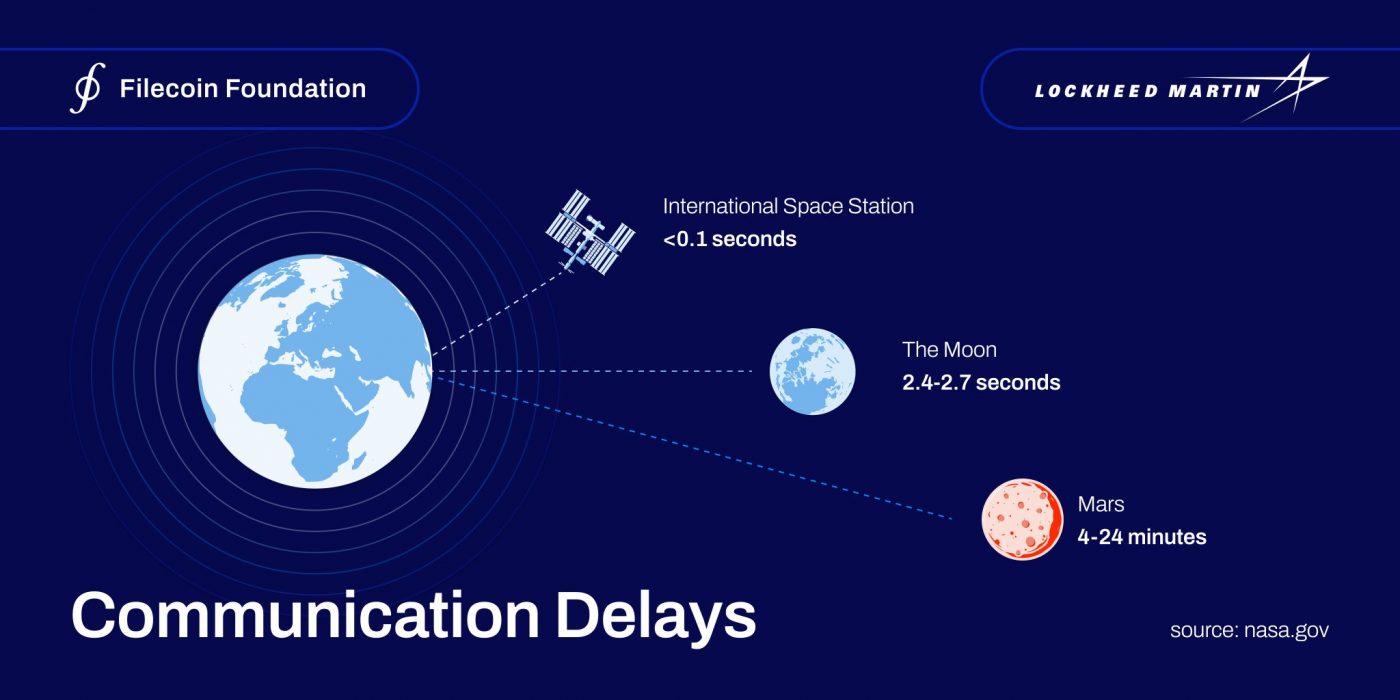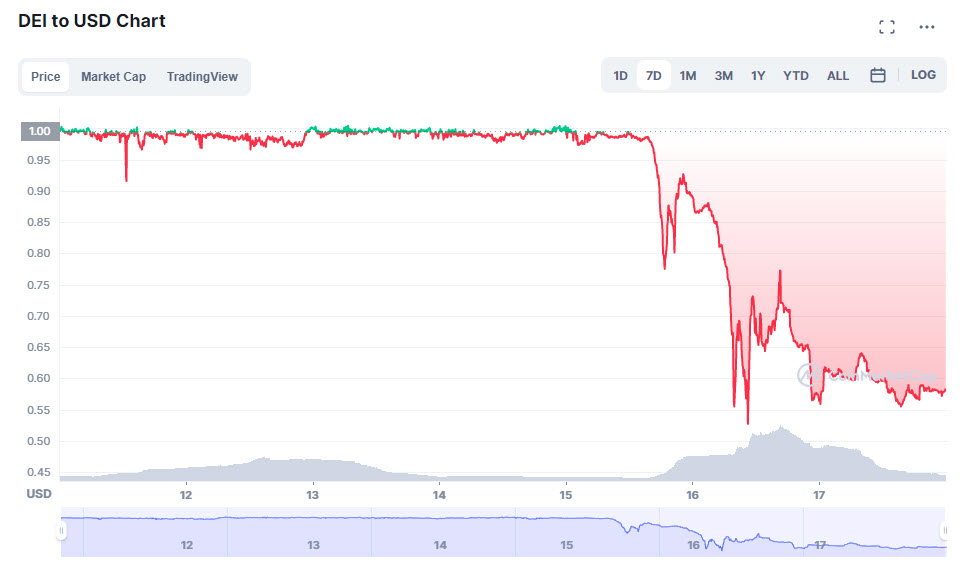The Solana-based move-to-earn game STEPN saw its governance token GMT plunge almost 40 percent in 24 hours, according to CoinGecko, following news that mainland Chinese users will effectively be barred from using the service from July 15, 2022.
STEPN was forced to begin blocking mainland Chinese users in order to comply with Chinese crypto regulations, which regard foreign cryptocurrency exchanges that provide services to mainland Chinese citizens as being engaged in illegal financial activities.
Chinese Users Can Move, But Not Earn
STEPN’s decision to act now was likely triggered by the Chinese central bank’s recent warnings about crypto exchanges operating in China, which may lead to legal problems for members of their teams based there.
During a Twitter Spaces discussion on May 27, a STEPN representative said that its technical team is based in China and that it is “targeted” by the regulations, despite the business itself not operating in China.
While users in mainland China will still technically be able to access STEPN, the GPS functionality will be deactivated, meaning those users will still be able to move, they just won’t be able to earn – essentially rendering the service useless.
In a recent tweet, STEPN affirmed its commitment to adhering to local regulations, saying the company “has always attached great importance to compliance obligations and strictly abides by the relevant requirements of local regulatory agencies”.
Australian-Based Startup Leads Move-To-Earn Boom
STEPN was founded in December 2021 by Jerry Huang and Yawn Rong and is based in Australia. The game allows users to earn crypto by exercising, which can then be traded for other cryptocurrencies or converted to fiat.
STEPN has led the recent move-to-earn craze in crypto, with more than 580,000 registered users, about 39,000 active daily users and enormous growth in the value of its various tokens in the early part of 2022.
As is often the case in crypto, STEPN has increasingly become a target for scams as it has gained popularity – in April, blockchain security watchdog PeckShield warned about the growth in phishing scams targeting STEPN users.












